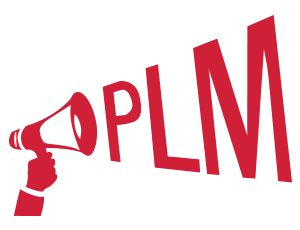I recently reread a Zero Wait–State blog post, "The PLM State: Why PLM is NOT Boring-It's the greatest thing since sliced bread." It discusses Jos Voskuil's post titled, "How Come PLM is Boring" and the importance of making the value of PLM known over the long term and to executive management.
Stephen Porter's closing words resonated with me:
"Certainly, we need to do a better job of capturing the impact PLM has on the companies that use it and distill this into tangible results that resonate with executives that are farther removed from the development process but without the skills and knowledge of the users this information will be suspect and PLM will languish much like Rohwedder's invention did before Wonder Bread made it a household name."
Executive support is a crucial part of the PLM selection, implementation and acceptance processes that often gets overlooked. Having executives back a PLM initiative not only shows that the software is here to stay, it also ensures resources, and brings executive insight into the business model and processes to the project.
In her ACE presentation, Pam Schwandtner of Boeing Insitu singled out executive support as one of the biggest success factors to her PLM implementation: "you have to make sure you have someone at the top who's making sure the company is willing to dedicate the resources to the project."
 Darryl Poore of PSC Group and Collin Fagan of CNH Reman had a similar message in their presentation at ACE. The message was simple: "the sooner you get executives on board, the easier the transition to the new system will be." Fagan went to explain the extent of the support at CNH Reman, adding "in one meeting, attention was drawn to parts that were not included in a project. The employee responsible said, 'Well, they're here; they're just not in Aras.' His boss replied, 'If they're not in Aras, they don't exist.'"
Darryl Poore of PSC Group and Collin Fagan of CNH Reman had a similar message in their presentation at ACE. The message was simple: "the sooner you get executives on board, the easier the transition to the new system will be." Fagan went to explain the extent of the support at CNH Reman, adding "in one meeting, attention was drawn to parts that were not included in a project. The employee responsible said, 'Well, they're here; they're just not in Aras.' His boss replied, 'If they're not in Aras, they don't exist.'"
While cost and time are important, PLM selection shouldn't depend entirely on which solution is the cheapest or provides the quickest results. PLM is not a one-year solution; it's a long term decision and the results have to be measured over time. For example, are your product development cycles still improving 3 years later? ROI has no expiration date. Including the long term impact of PLM in your business case could be the key to getting much-needed executive support.
Have any tips to share on how to gain executive support for PLM?
